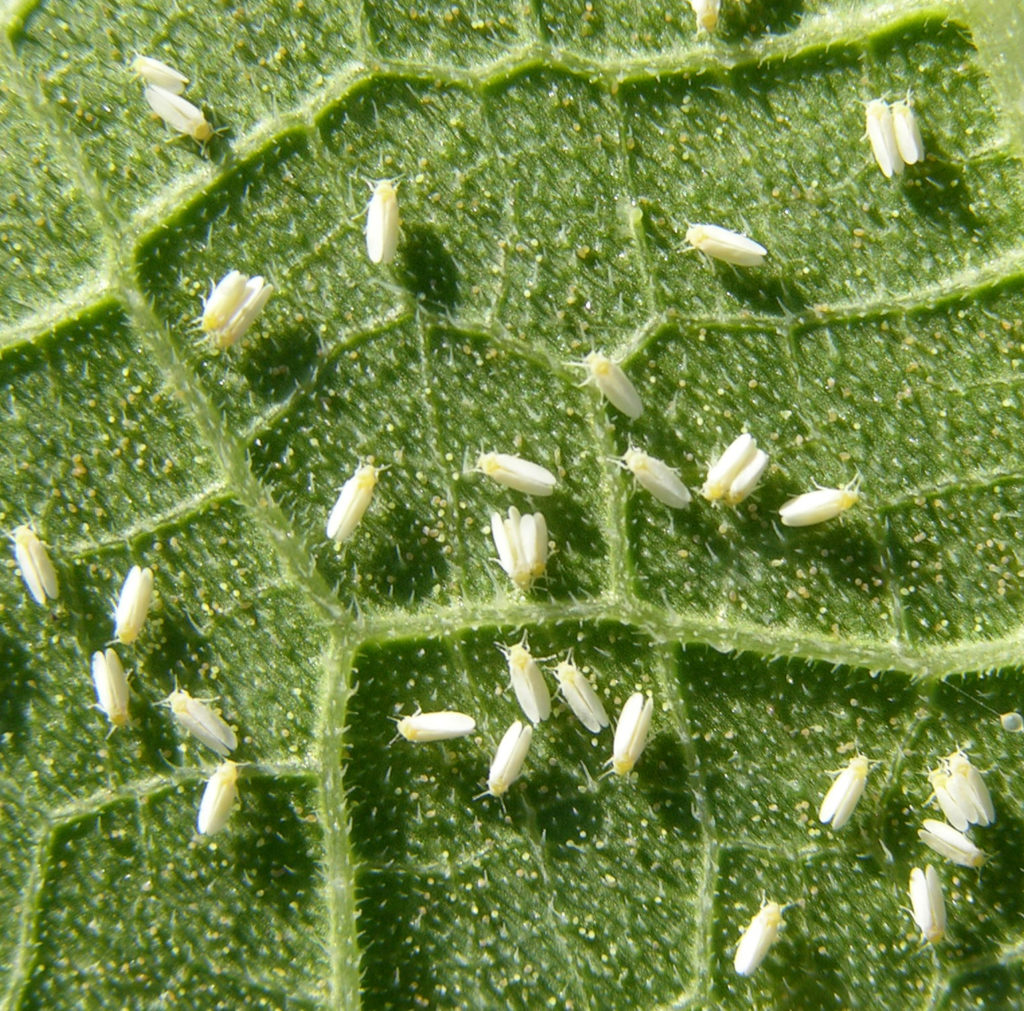Vegetable producers should be wary that whitefly populations are increasing in South Florida, according to the most recent release of the South Florida Pest and Disease Hotline.

Population numbers have reached high levels in some locations in the southwestern part of the state, though levels are low in other areas.
Whiteflies are present in squash, cucumbers and watermelons in Homestead, Florida. Tomato Yellow Leaf Curl Virus (TYLCV) and topso virus are also observed at detectable levels.
Cultural control methods are available for producers to implement. These include the use of ultraviolet-reflective mulches, which repel migrating whiteflies during the first couple of weeks of production. They can help delay the virus introduction.
Fields should also be maintained weed free, as they can serve as a host for whiteflies and interfere with coverage with insecticides applied for control.
As always, growers should practice rapid crop destruction of harvested fields, good sanitation and control of volunteer cucurbits and cucurbit weeds to avoid carry-over to spring crops where viruses pose a greater threat.
Producers should always scout their fields, which is essential in managing silverleaf whiteflies.
Management of whiteflies later in the season depends on early suppression of whitefly populations. Growers should be aggressive with the best systemic materials (Venom, Sivanto Prime, Verimark) early in the season. Producers who are on seepage and not drip are at a particular disadvantage if whiteflies and virus are high early in the season. Preventative soil applications of either imidacloprid, thiamethoxam, dinotefuran, flupyradifurone or cyanatraniliprole should be used preventatively in tomato and cucurbits.









